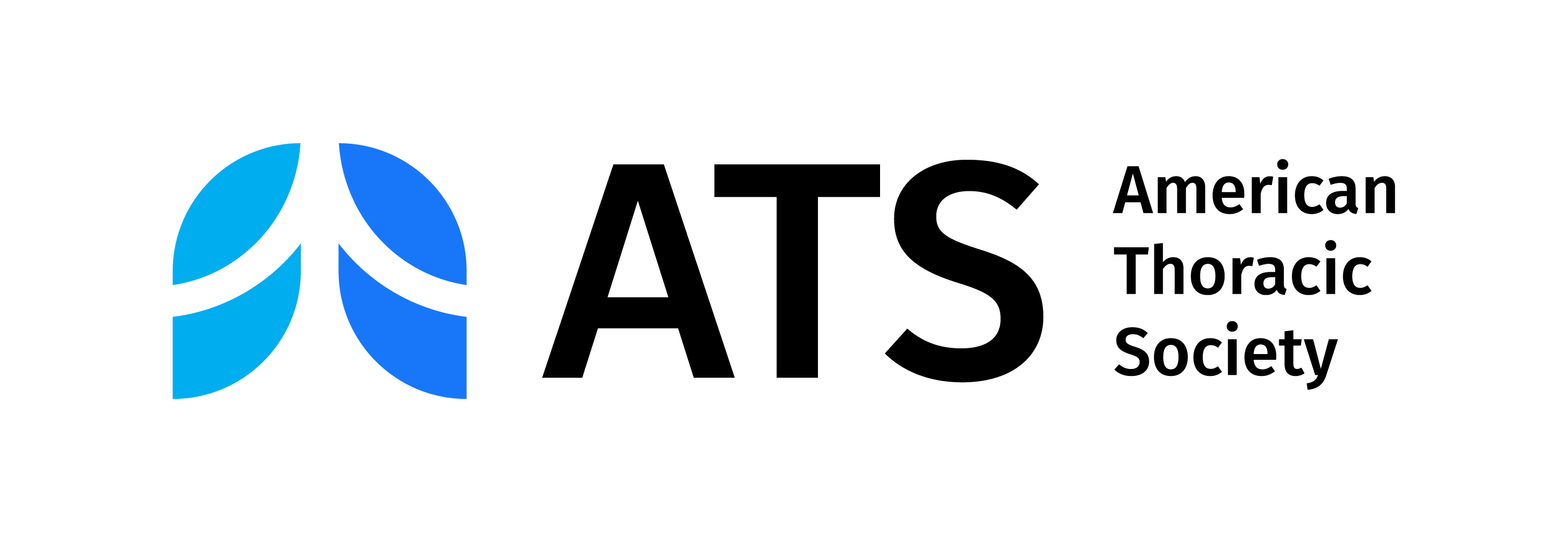Newswise — May 12, 2020─ Physician-scientists have developed a communication management system built on a telemedicine platform that can help minimize the exposure of health care professionals to highly infectious diseases while still providing personalized patient care, according to a new report published online in the Annals of the American Thoracic Society.
In “The Isolation Communication Management System (iSOCOMS): A Telemedicine Platform to Care for Patients in a Biocontainment Unit,” Kyle B. Enfield, MD, MS and colleagues from the University of Virginia Health System report on the development and use of this system during the 2014-2016 Ebola virus outbreak. iSOCOMS is currently being used in the health system’s emergency department and inpatient units to provide protection during the COVID-19 pandemic.
“The exposure of patients, caregivers and health care workers to the Ebola virus during the 2014-2016 outbreak highlighted the critical need to develop tools that assist in the safe care of patients with Ebola or other highly contagious and lethal infectious diseases,” said Dr. Enfield, associate professor, pulmonary and critical care medicine, University of Virginia Health System.
Dr. Enfield and colleagues describe a novel application of real-time video-enabled interactive services, with the potential to reduce exposure risks for health care professionals caring for patients with Ebola virus while not depleting supplies of PPE. Using commercially available hardware and software, they developed an internal network of telemedicine technologies to enable them to more safely care for Ebola patients -- the UVAHS Isolation Communication Management System (iSOCOMS).
The iSOCOMS network has provided expanded remote guidance, treatment and supervision capabilities within UVA Medical Center’s biocontainment unit, known as the Special Pathogens Unit (SPU). It also serves a designated biocontainment room in the emergency department.
The system was evaluated during the admission of three patients, who potentially had Ebola, to the SPU over a nine-month period. iSOCOMS was used, for example, to monitor the movement of a patient from an ambulance to the biocontainment room, where a camera and monitor in the room allowed for communication with health care professionals outside the room. Four case-use scenarios for iSOCOMS were assessed during the Ebola outbreak:
- Using iSOCOMS to facilitate communication and reduce staff exposure risk. iSOCOMS enabled at least one staff member to be in the biocontainment room at all times with patients who may have had Ebola but were not critically ill, allowing a second provider to observe from outside the room and assist in patient care. The observer also took notes, unencumbered by PPE, and used an electronic stethoscope through iSOCOMS and a bedside computer.
- Using iSOCOMS to facilitate provider-to-provider communication. iSOCOMS also helped patients communicate with their health care providers. Providers introduced themselves, unencumbered by PPE, and their names were displayed on the monitors. Providers were also able to interview patients through iSOCOMS.
- Improved monitoring of patient and staff. Patient care was audited to assure the safety of both patient and staff. Video monitoring enabled the observer to watch for and warn against breaches in PPE, in real time.
- Monitoring of patient movement into the unit. iSOCOMS monitored patients transported to the medical center, through secured corridors and elevators, into the SPU. Using iSOCOMS, the safety officer, hospital epidemiologist, SPU medical director, other providers and medical transport team conducted a videoconference using fixed and portable electronic devices.
Although the UVA team did not test other iSOCOMS capabilities during the Ebola crisis, they were able to discuss an additional three: video-enabled consultation; patient support through family, chaplaincy and counseling; and facilitating student/learner involvement.
Speaking for the team, Dr. Enfield added, “The benefits of iSOCOMS in reducing PPE use, improving patient experience, extending the capacity of our workforce and providing a means for providers to see patients in their own hospital without always going into their rooms are clear. Telemedicine is as vital a tool for inpatient care of COVID as it is for ambulatory care.”
Share via Twitter:
Innovative communication system used during #Ebola outbreak now used during #COVID-19 pandemic. @atscommunity @uvahealthnews
About the Annals of the American Thoracic Society
The AnnalsATS is a peer-reviewed journal published by the American Thoracic Society. The Journal delivers up-to-date and authoritative coverage of adult and pediatric pulmonary and respiratory sleep medicine and adult critical care. The scope of the Journal encompasses content that is applicable to clinical practice, the formative and continuing education of clinical specialists and the advancement of public health. The journal’s impact factor is 4.026.
Editor: Colin Cooke, MD, MS, associate professor in the department of internal medicine at the University of Michigan.
About the American Thoracic Society
Founded in 1905, the American Thoracic Society is the world's leading medical association dedicated to advancing pulmonary, critical care and sleep medicine. The Society’s 15,000 members prevent and fight respiratory disease around the globe through research, education, patient care and advocacy. The ATS publishes four journals, the American Journal of Respiratory and Critical Care Medicine
